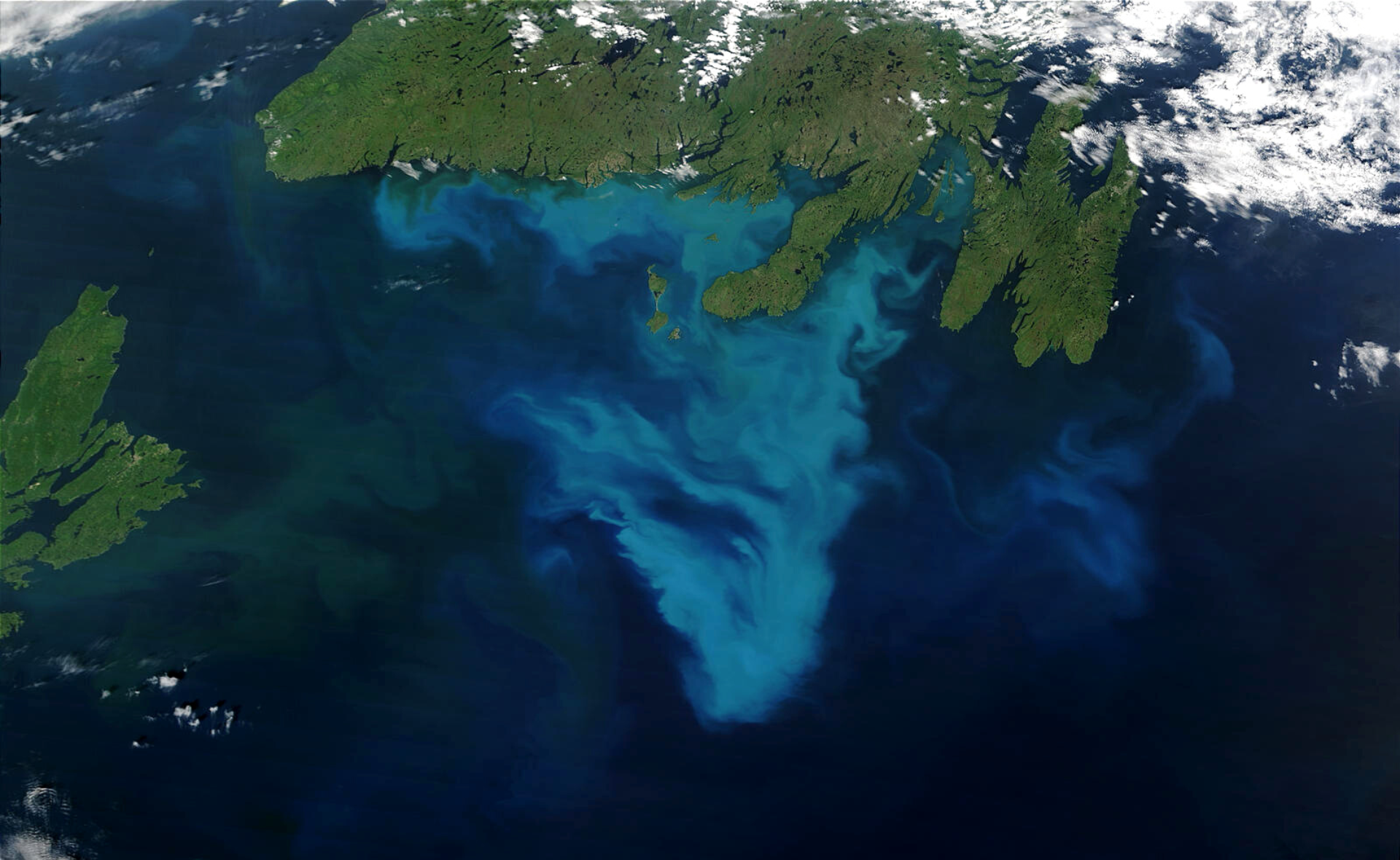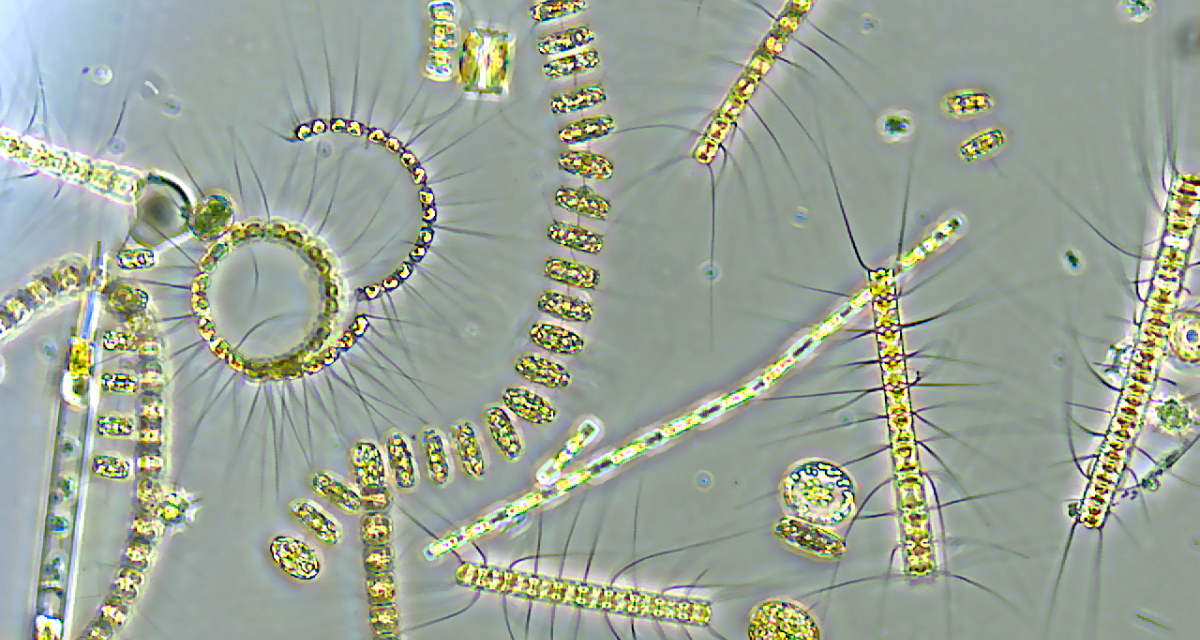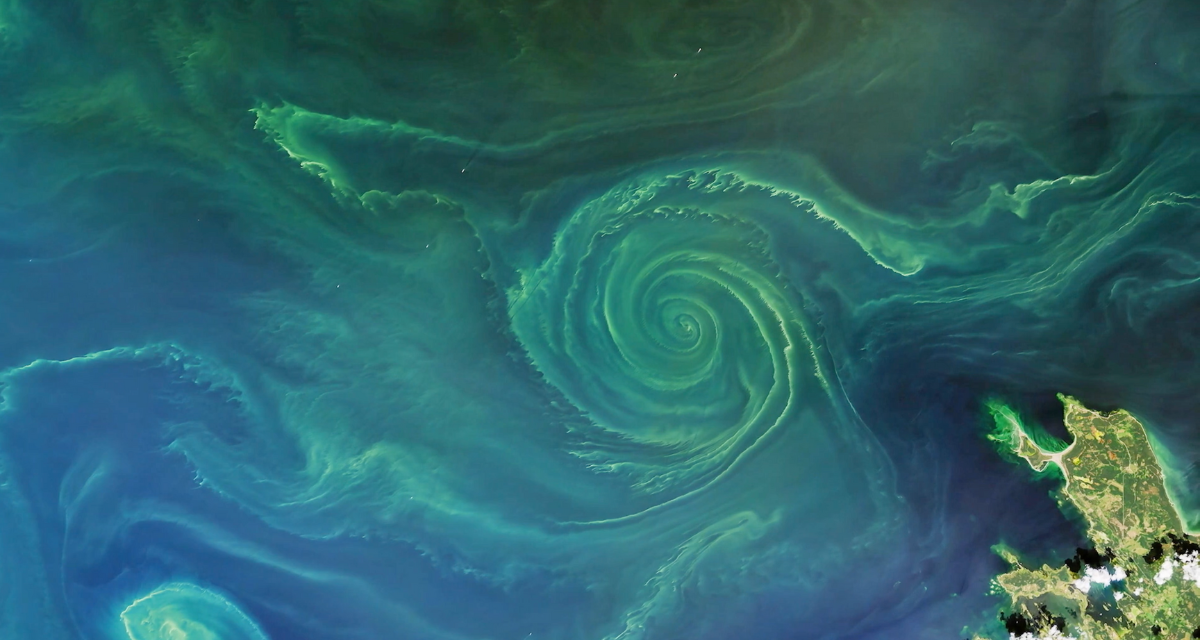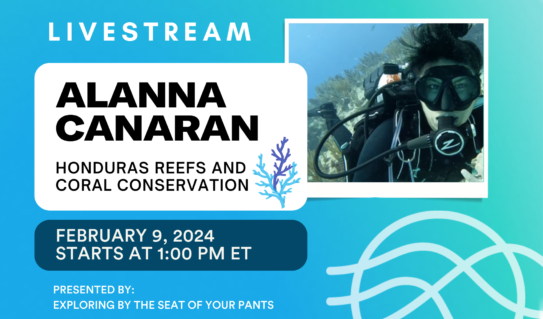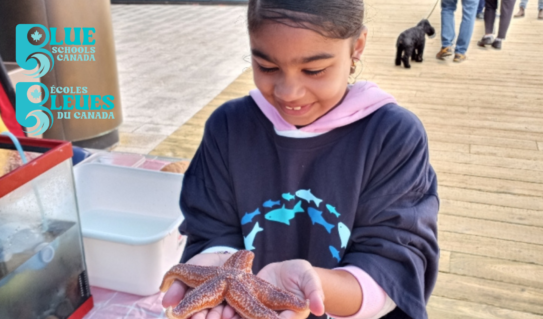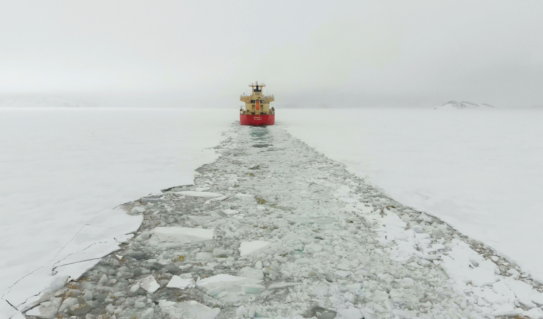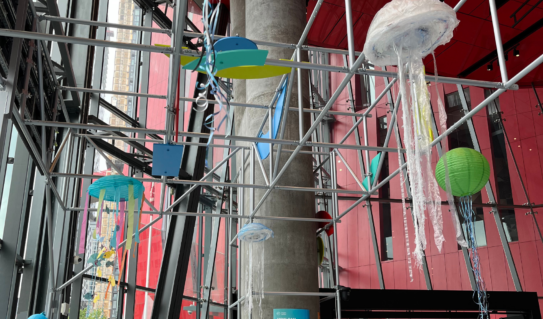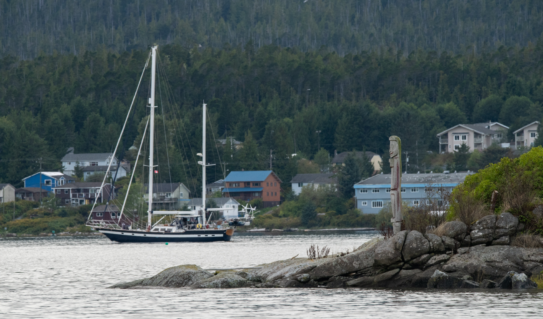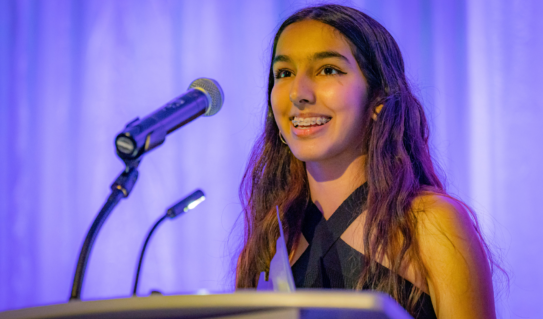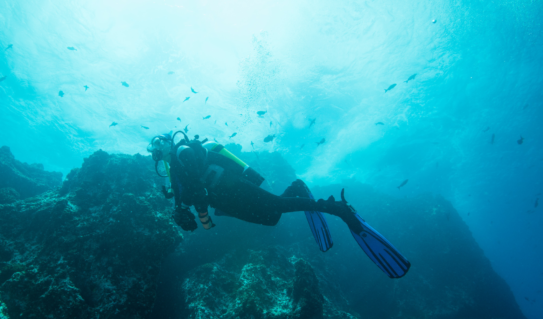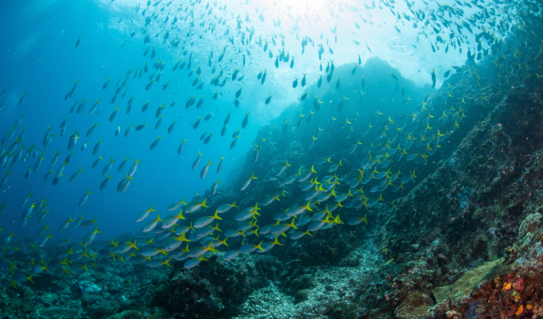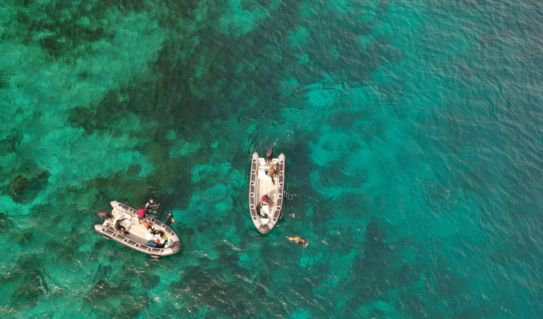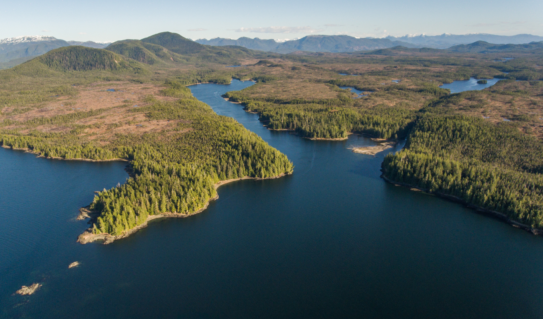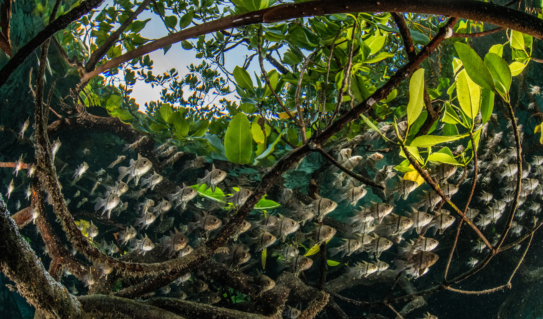Phytoplankton take advantage of ocean currents in the same way that dandelion seeds or maple keys take advantage of the wind to be blown to new areas to grow. The ‘plankton’ part in phytoplankton comes from the Greek word for ‘wanderer’, because phytoplankton flow with the ocean’s currents. And like dandelions blooming in the warmth and light of the spring, phytoplankton bloom in the right conditions for them. They bloom when currents bring them near the ocean’s surface (where there is sunlight), and when the water’s at just the right temperature and contains the nutrients they need to grow. To help them get to places with their ideal growing conditions, phytoplankton have several special adaptations related to their small size: they can have a large surface area relative to their volume to help them float and access the sun’s energy, and spikes that distribute their weight over a larger area, giving them even more surface area for photosynthesis and better flotation.
As the base of the marine food web, phytoplankton’s springtime appearance in droves is immediately succeeded by an equally courageous bloom of minute phytoplankton-eating marine animals called zooplankton. Right whales migrate each summer to the Northwest Atlantic to eat zooplankton called copepods. The whales skim the surface of the ocean, filtering the water for their tiny food. Over the summer they can eat enough copepods to be able to fast for much of their winter spent in the Tropical Atlantic.
Climate change has recently become a concern for the viability of the ocean’s food web. Ocean School Scientific Director Boris Worm explains, “As surface waters warm, nutrient supply from lower waters is diminished and phytoplankton become smaller and less abundant as a result, lowering ecosystem productivity. Climate change mitigation, as agreed under the 2015 Paris accord would help minimise these impacts and help keep ocean life abundant.”
The ocean, and its microscopic life, constitute parts of a complex system that allows life to grow and evolve in the sea and on land. It is up to us to protect our one global ocean that protects and provides for us all, even in ways we cannot see.
